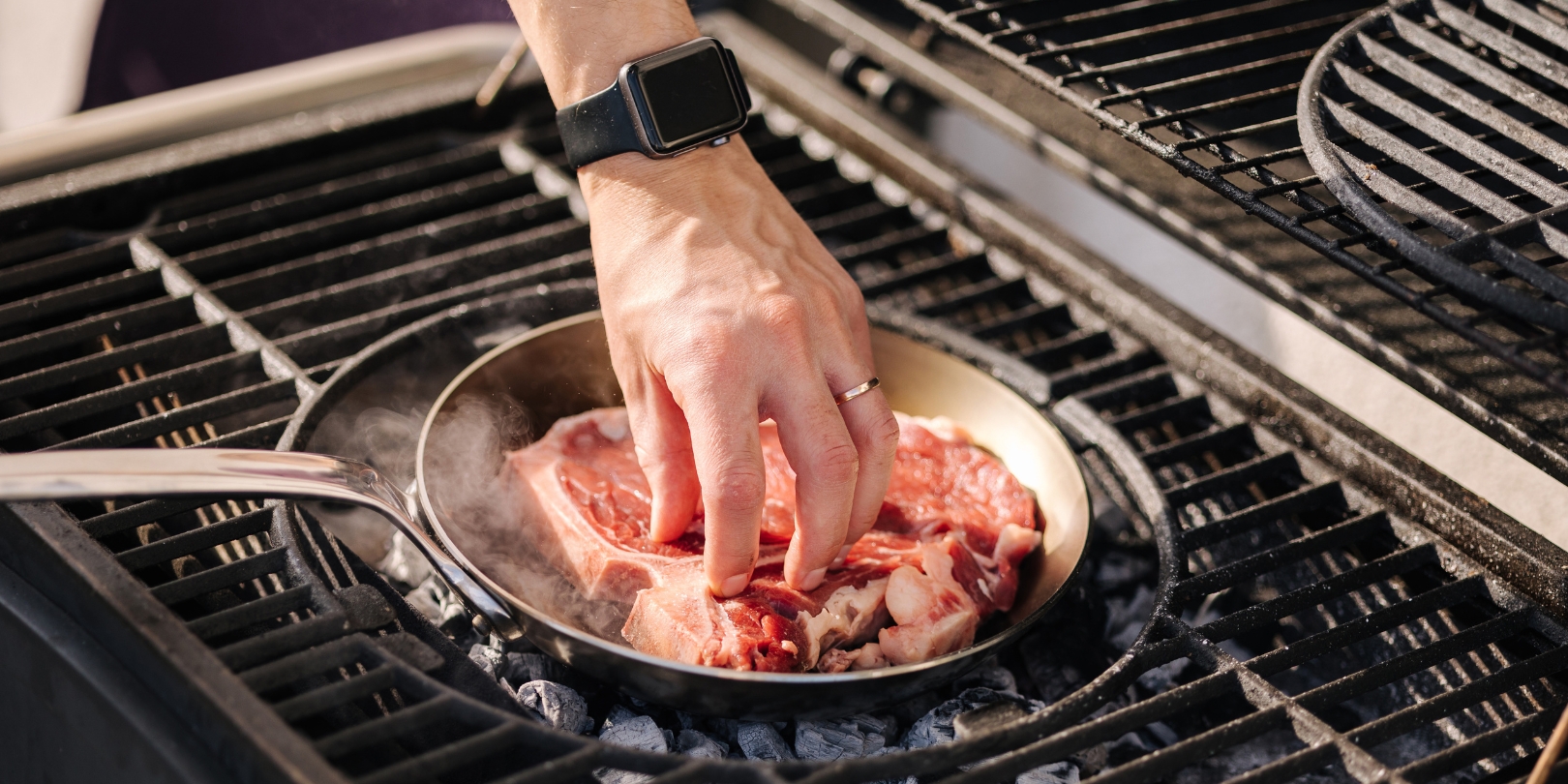How To Season Carbon Steel Pans in 5 Steps

If you’ve recently invested in a carbon steel pan, you’re in for a treat — but you’ll need to season it first to prevent rusting and to make it non-stick. Carbon steel pans are incredibly durable and can last for years with proper care, but you need to season them before use to ensure they’re at peak performance.
In this post, we’ll walk you through the five steps to season your carbon steel pan and prepare it for use. We’ll also include some helpful tips to ensure your pan is perfectly seasoned and ready to use. So, if you’re ready, let’s get to it!
Step 1: Buy a Carbon Steel Pan
The first step to seasoning your carbon steel pan is to purchase one. When selecting a carbon steel pan, consider the size, thickness of the steel, and handle style it has. A good carbon steel pan should be thick enough not to heat up too quickly or cool off too quickly when cooking. You should also consider the type of handle your pan has — some handle designs may make it easier to maneuver your pan, while others may get too hot during use.
Step 2: Season the Carbon Steel Pan
Once you have selected your perfect carbon steel pan, the next step is to season it. Seasoning your carbon steel pan is an important part of its longevity and ability to create a non-stick surface. To season your carbon steel pan, preheat the oven to 350°F (175°C). Then place the clean and dry carbon steel pan in the oven upside down on top of an aluminum foil-lined baking sheet. Bake for one hour to remove any metal oxide that may be present on the surface. After baking, coat both sides of the pan with an oil or fat (vegetable oils work best) and rub it on all surfaces with a cloth or paper towel until no excess oil remains on the pan’s surface. Then place the oiled pan back into the oven for one hour before allowing it to cool before using or storing away for later use.
Step 3: Use the Pan
Now that you have properly seasoned your carbon steel pan, you can use it like any other cooking tool! Avoid using metal utensils when using a carbon steel pan for cooking, as they can scratch or damage its non-stick coating over time. Also, remember that extreme temperature changes (such as going from stovetop to fridge/freezer) can cause warping, so only use moderate heat settings and warm or room temperature liquids when possible. Once you have finished cooking with your carbon steel pan, wipe it down with paper towels before washing it in lukewarm water and drying thoroughly before storing away in a cool and dry place.
Step 4: Care for the Carbon Steel Pan
Properly caring for your carbon steel pan will help ensure its longevity over time and keep its non-stick properties working optimally between uses. Avoid using harsh chemical cleaners or metal scouring pads when cleaning, as these can damage the finish and non-stick coating over time. If food has been particularly stubborn against coming off after washing, try soaking it in warm water with dish soap overnight before cleaning again, as this may help soften things up a bit more without damaging any components on your pan’s finish or coating.
Step 5: Maintain the Seasoning of the Pan
Finally, maintaining the seasoning of your carbon steel pans is key if you want them to last longer and perform optimally for years! Over time, exposure to extreme temperatures or harsh abrasives can cause oxidation or damage on their surface, reducing their non-stick capabilities — but proper maintenance can help you avoid this! To maintain their seasoning, coat them lightly with oil after each use and make sure they are clean and dry before storing away until their next use! Keep an eye out for any discoloration or rust, which might indicate that it’s time to re-season them soon!
Conclusion
Seasoning a carbon steel pan is a great way to get the most out of your purchase and ensure your cooking tool works correctly and efficiently. While the five steps in this article seem intimidating, they are pretty simple: buy the right pan, season it, use it properly, care for it after each use, and maintain the seasoning. With some time and effort, you will soon be an expert carbon steel pan-seasoner, and your food will thank you!
